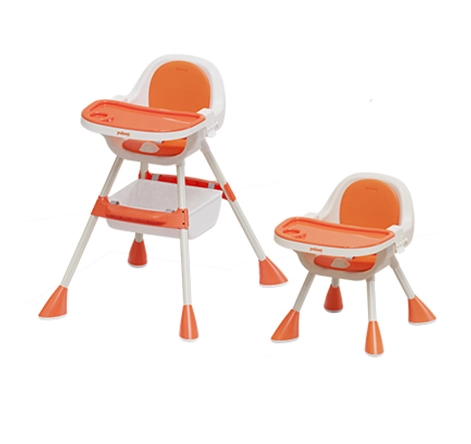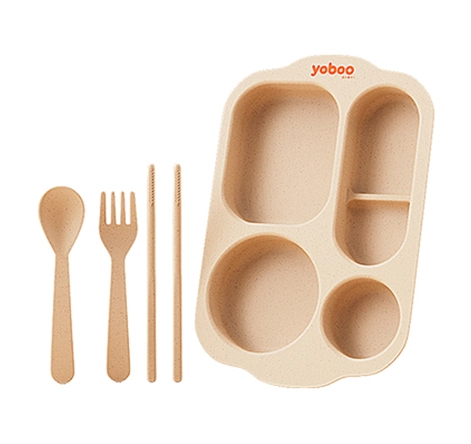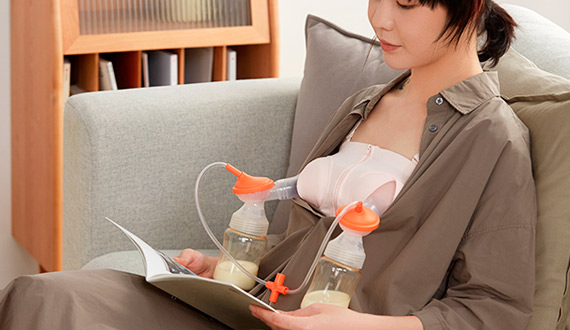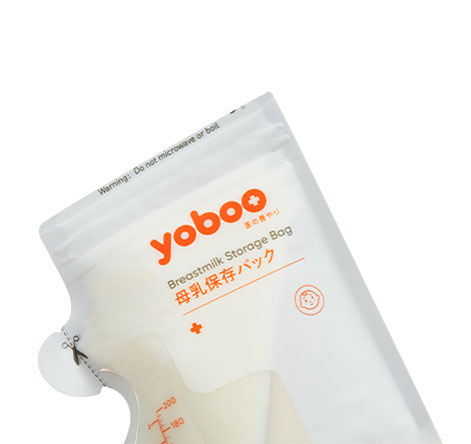One, the history of breastfeeding products pumps
In June 20, 1854, the US Patent Office issued a patent for a breastfeeding products breast pump. From 1921 to 1923, an engineer and international chess master produced a mechanical breast pump that imitated the sucking action of a baby and was considered a significant improvement over existing manual breast pumps, which failed to remove milk from the breast. In 1956, Einar Egnell published his groundbreaking work, "Insight into the mechanisms of milk ejection in the human mammary gland in lactation". This paper provides insights into the technical aspects of extracting milk from the breast. Many breast pumps designed through this research are still in operation more than 50 years after publication. Archaeologists working on a glass factory site in Philadelphia, Pennsylvania, excavated a 19th-century breast pump that matched the instruments advertised at the time.
Two, reasons for using breastfeeding products pumps
Many parents use them to continue breastfeeding after returning to work. They pump milk while working and then have a caregiver feed the baby with a bottle. This use of breastfeeding is common in the United States, where paid family leave is the shortest among developed countries. American historians believe that the demand for so-called "nursing rooms" and breast pumps is driven by companies wishing parents to return to work immediately, rather than the mothers' desire or the baby's needs. Breast pumps can also be used to stimulate lactation in women with low milk supply or who have not yet given birth.
Breastfeeding products breast pumps can also be used to address a range of challenges parents may face when breastfeeding, including difficulties with latching, separation from critically ill infants, babies who cannot extract enough milk from the breast, avoidance of medication through breastfeeding, or relief from engorgement, a painful condition of breast overfilling. Even when not using pumped milk, pumping may be necessary to continue breastfeeding and the associated hormones to aid recovery from pregnancy.
In a policy statement, the American Academy of Pediatrics recommends breastfeeding premature infants, finding "significant short-term and long-term beneficial effects," including reducing the incidence of necrotizing enterocolitis. When babies cannot suckle, a breast pump can be used if the mother wishes to breastfeed the baby with her own milk (via a nasogastric tube). Donating expressed milk is another use of a breast pump. For babies who cannot tolerate breast milk, donated breast milk can be obtained from a milk bank. "Pumping and dumping" refers to a practice of disposing of milk rather than using it for pumping. This may be done because the mother produces too much milk, or because she will be away from the baby for too long to store the milk, or because of concerns about alcohol or other substances that should not be ingested by the baby.
Three, the efficiency of breastfeeding products pumps
Breastfeeding products pumps are not as effective as most breastfeeding babies or hand expression in removing milk from the breast. Research has shown that various factors are associated with milk production in mothers of preterm infants (born before 31 weeks of pregnancy). Hand expression, in addition to pumping, was found to be associated with higher milk production, as were other factors associated with higher milk production. Researchers found that mothers who used massage techniques and hand expression more than five times a day in the first three days after birth increased milk production by 48% at 8 weeks. The authors made a video demonstrating the technique and noted its benefits for mothers of premature infants, as well as for mothers who return to work or pump for other purposes.













